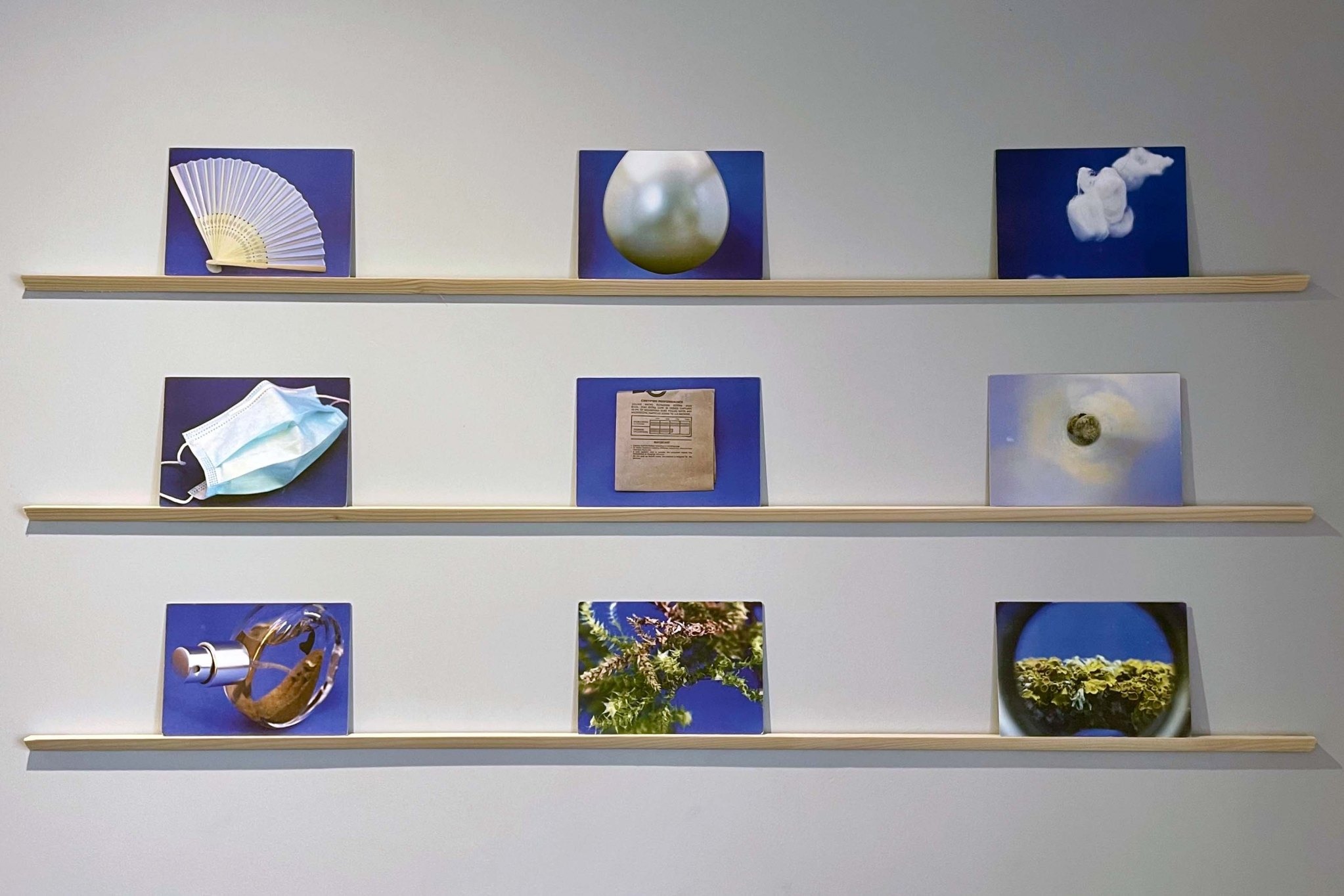In the Air
Mail art with Andrew Barry during lockdown
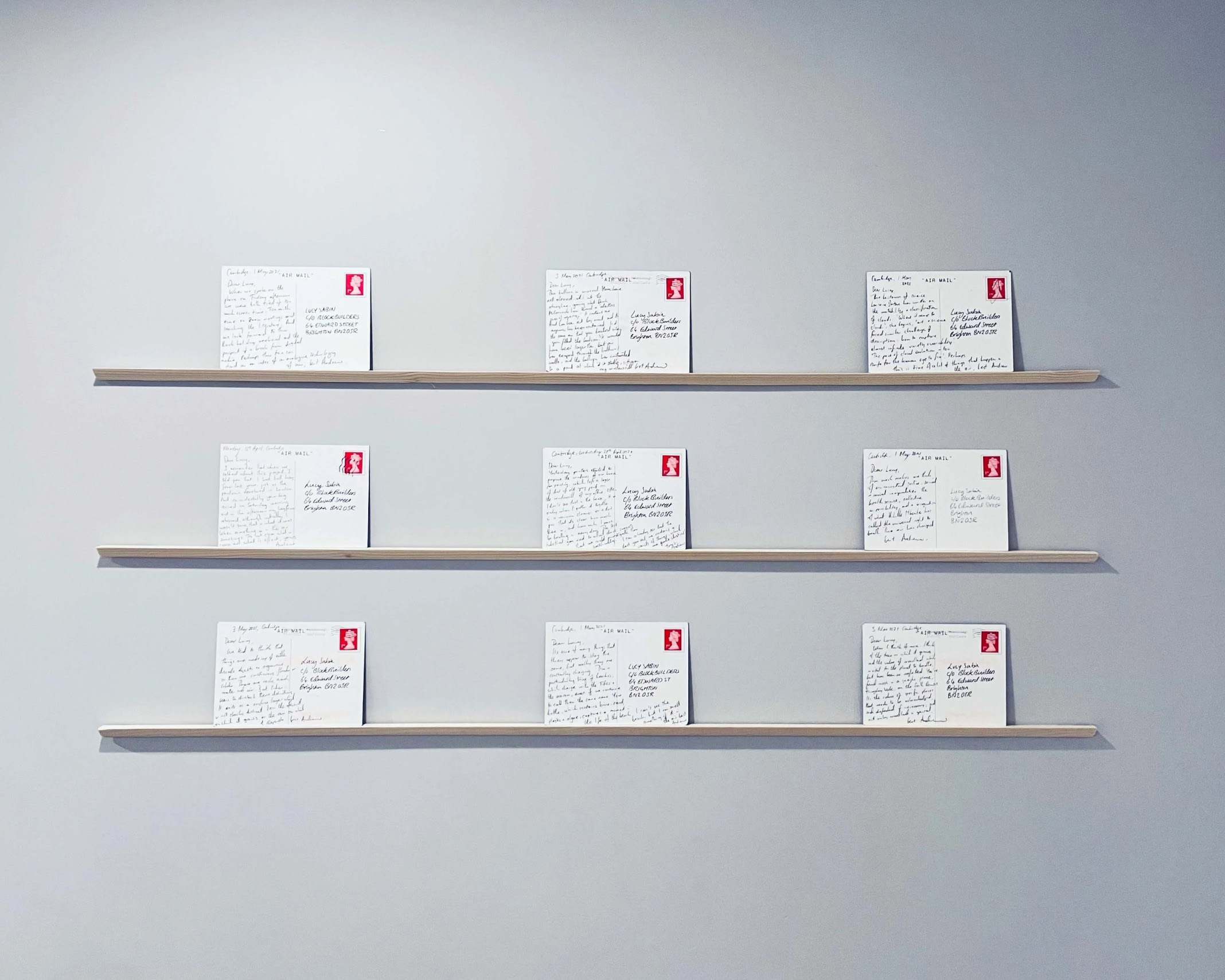
In the Air is a humble mail art project in collaboration with my PhD supervisor, Andrew Barry. The project emerged from an urge to attune to atmospheres, air and breathing while staying creative during the pandemic. At that time, air was more palpable and suspect in the collective consciousness than we had ever known it to be. Given limited resources for making art and screen fatigue, we developed a system of exchanging postcards to communicate our experiences. I designed the postcards with found and fabricated objects that evoked local, embodied, and domestic encounters. We presented our project via an online presentation and Q and A at the Alternative Epistemologies Festival in May 2021.
Throughout the 20th and into the 21st Century, mail art has been a practice of decentralisation, of collective grass-roots expression, of continuing to make art despite a lack of funding or access to studio and gallery spaces, or indeed during global pandemics! Some instances of mail art have been responses to oppression, exile, migration, censorship. There is a fugitive (from ‘flight’) capacity to mail art residing in its ability to circumvent mainstream publicity and disseminate ideas through peer-to-peer networks. It could be said that mail art has some 'airy' qualities like flux, contingency, connectedness, and diffusion. Aerograms would also literally take flight as an earlier, physical form of email on thin paper. In recent air quality activism, postcards have become political objects recruited in targeted and creative campaigns for more breathable air.

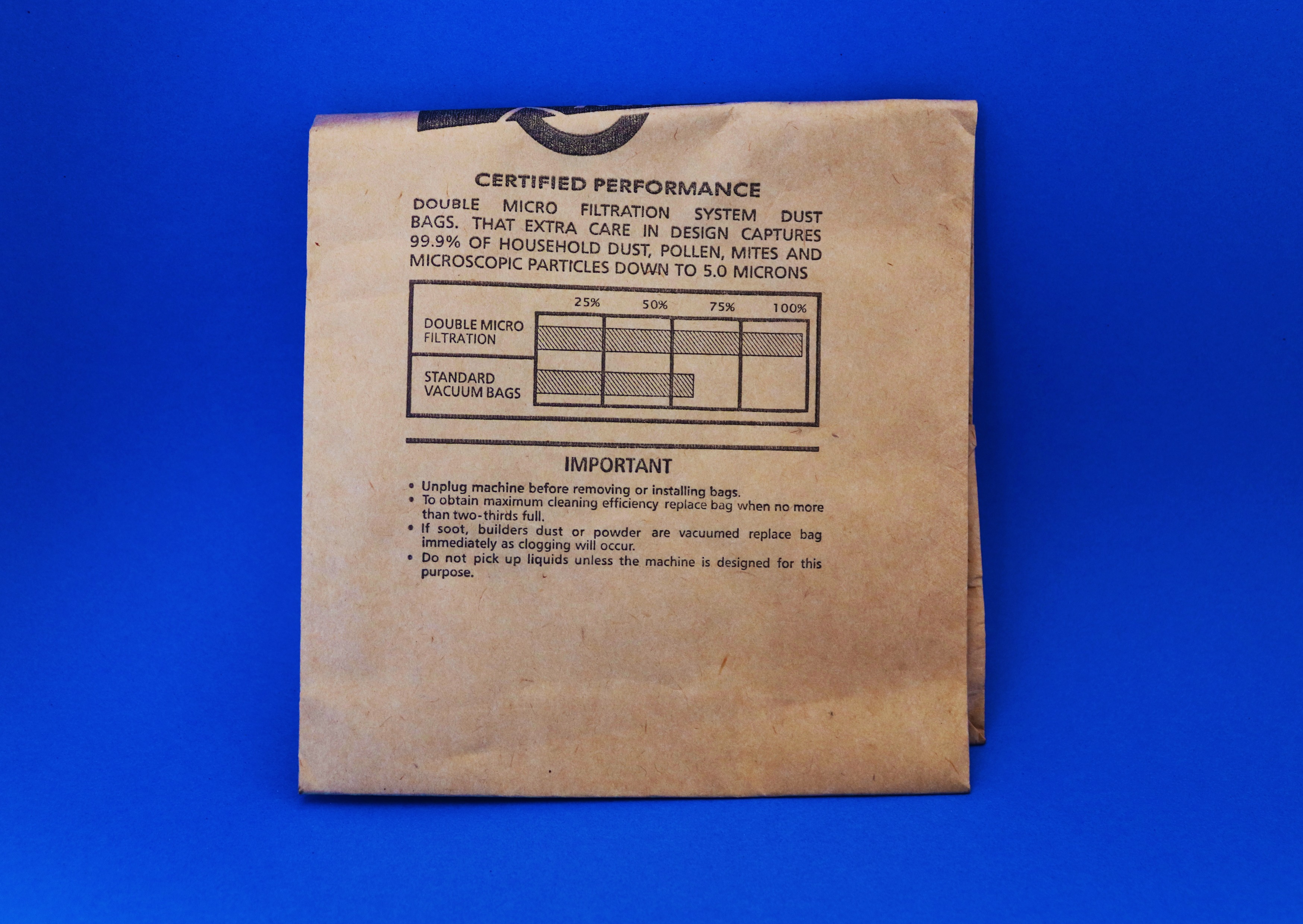
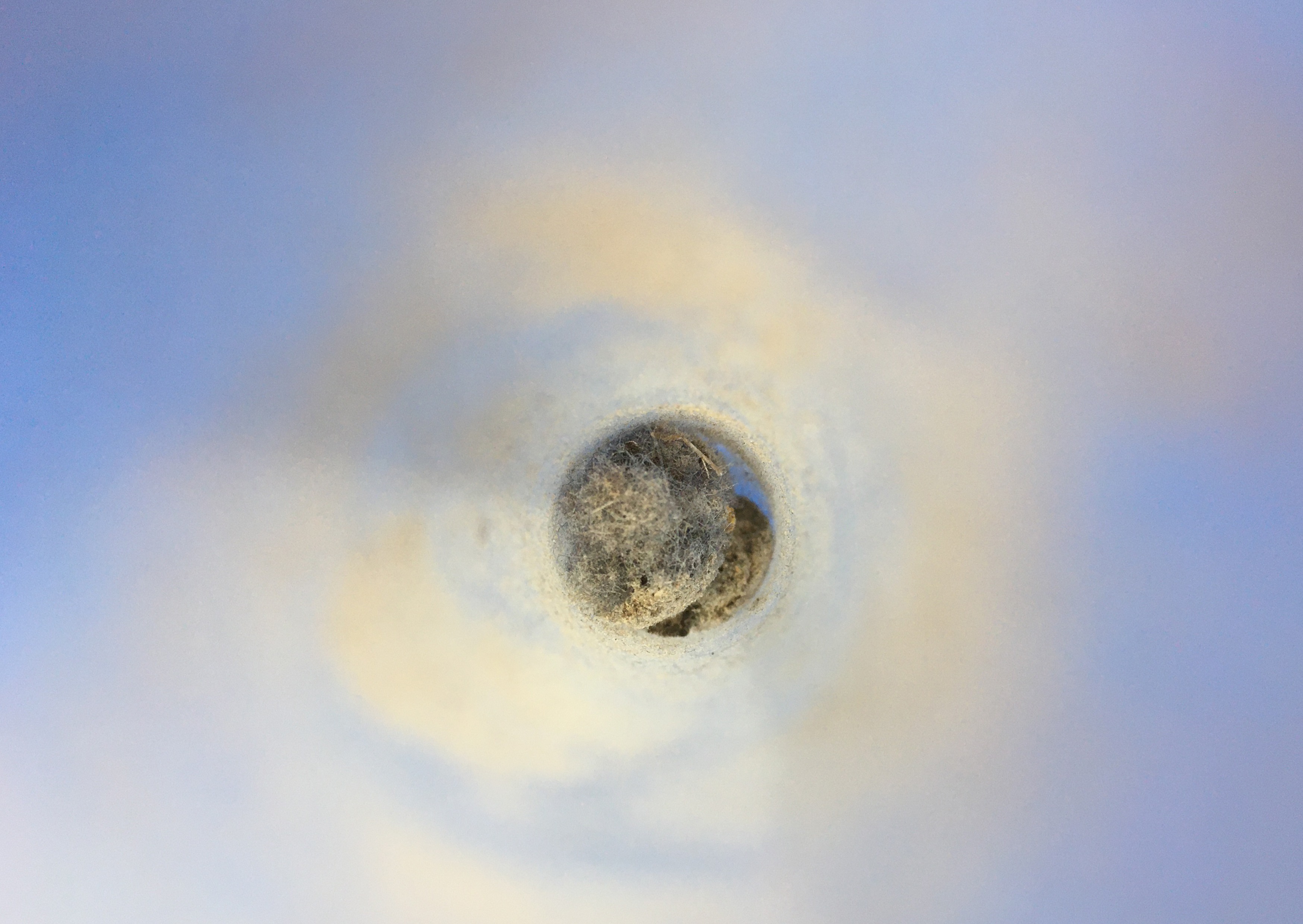
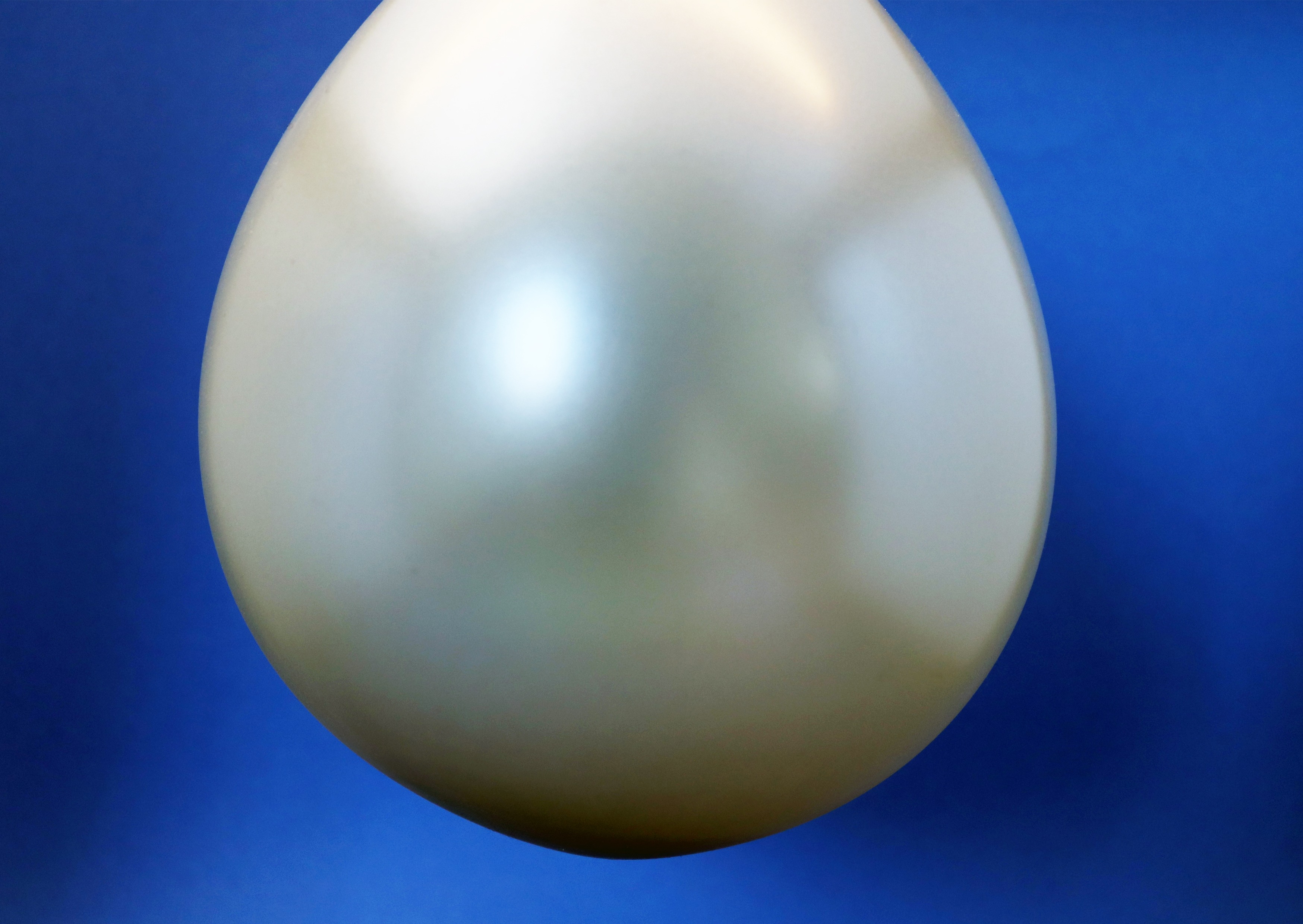
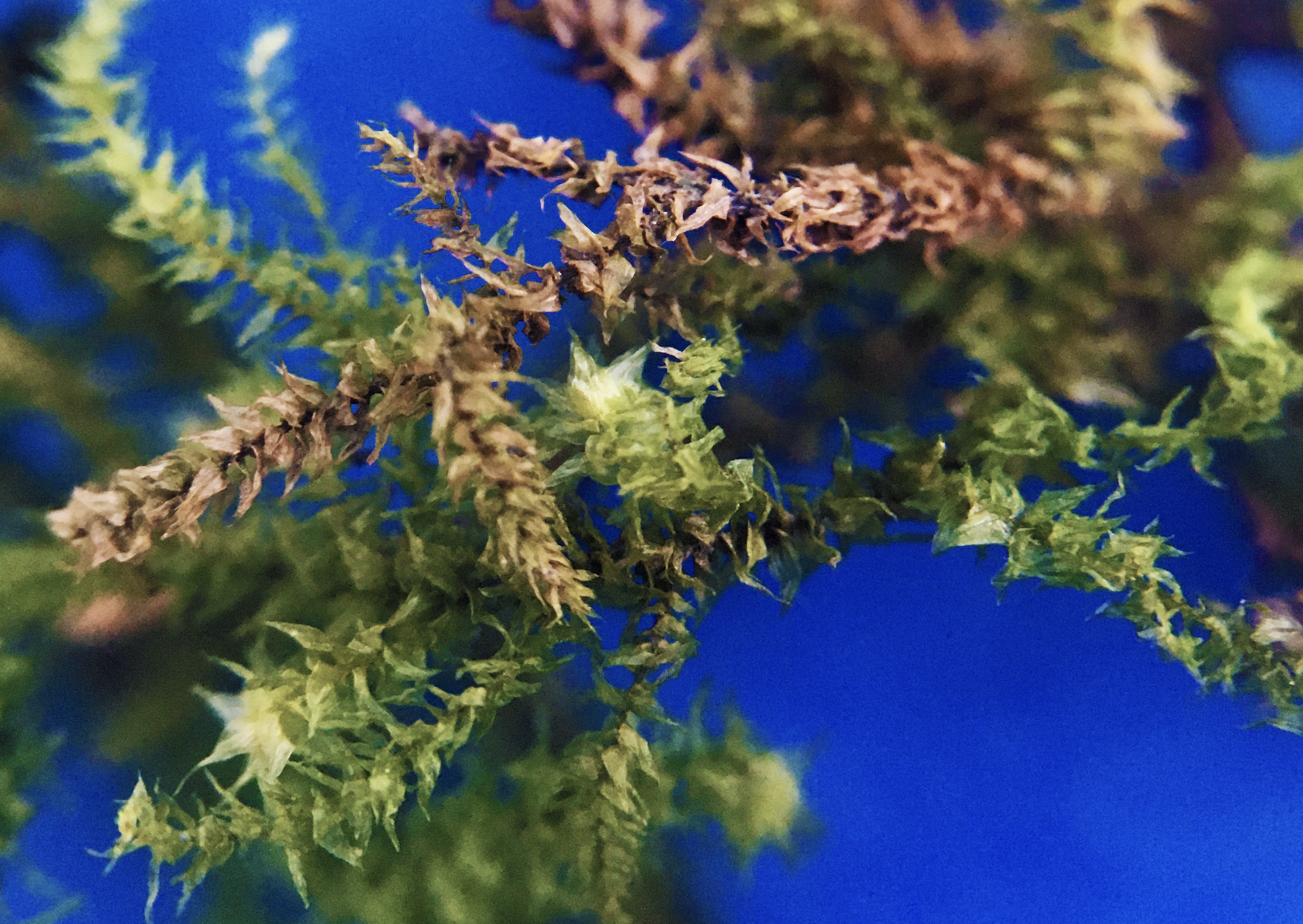

Mail art seems to emulate atmospheric processes such as diffusion and suspension. Like molecules of oxygen released by plants, dust particles stirred up by the winds, clouds gathering aerosols that fall as rain back to earth, mail art unleashes the uncertainty of a displacement. Given its historical association with communicating travel notes such as meteorological otherness and sense experiences, the postcard suggested a modality for grappling with qualities of air including phenomenological and meteorological observations.
